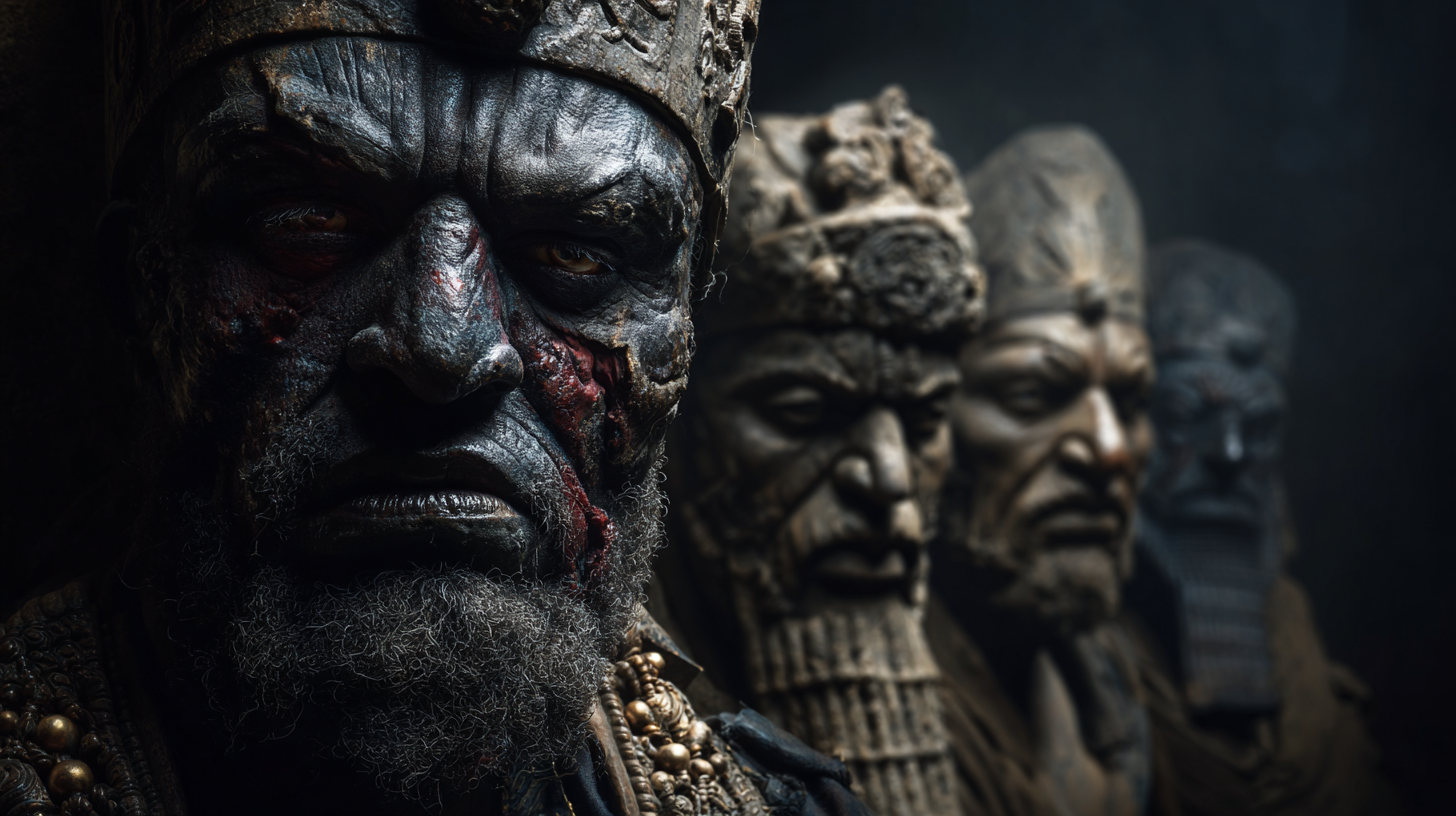
For over four thousand years, a group of enigmatic deities known as the Anunnaki have loomed large in the mythology...
Stay ahead of the curve and educate yourself with our latest blog post. Explore now and elevate your knowledge! ⇢

For over four thousand years, a group of enigmatic deities known as the Anunnaki have loomed large in the mythology...
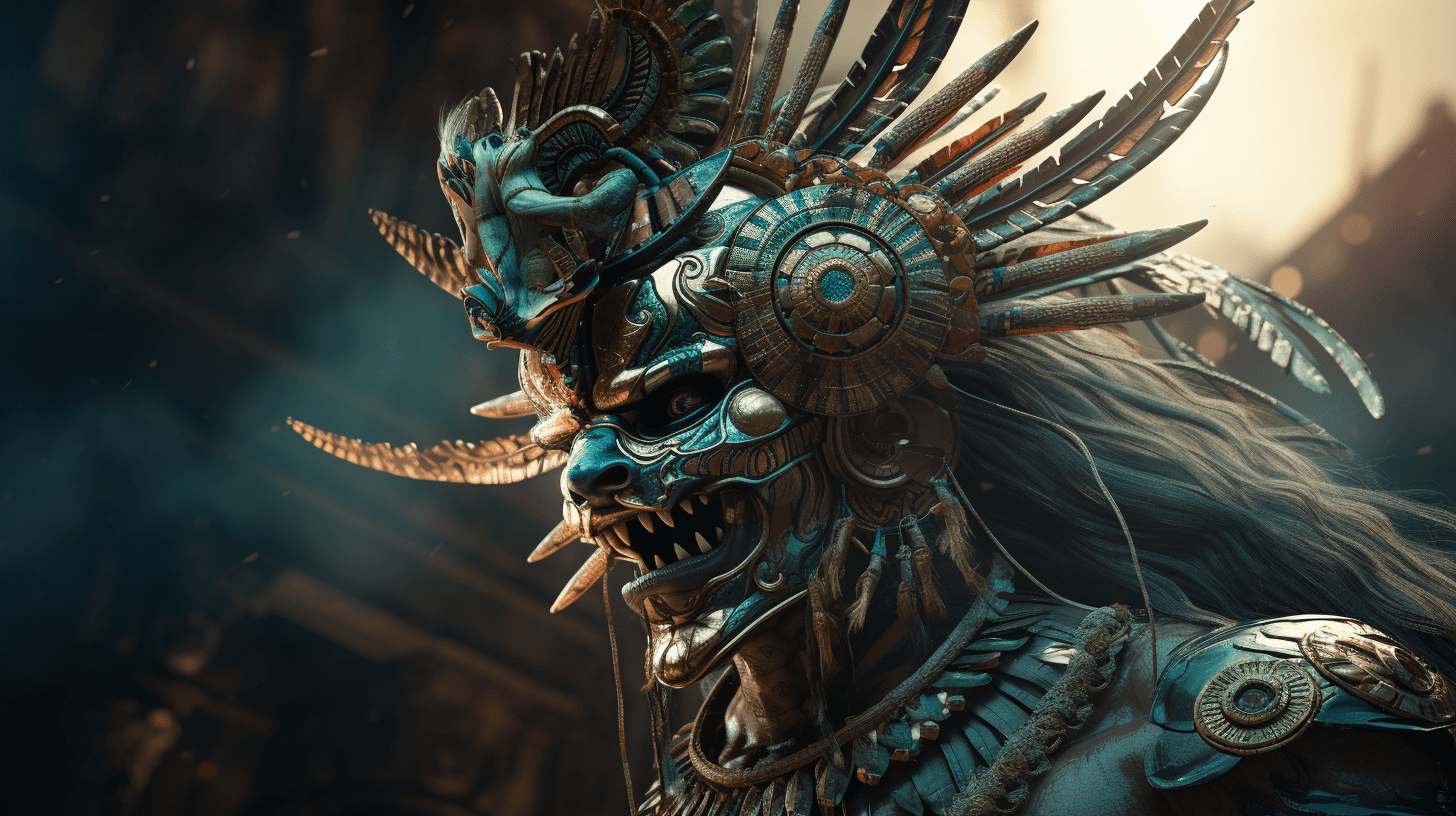
Quetzalcoatl is a deity in Mesoamerican mythology, revered by many cultures in the region, including...
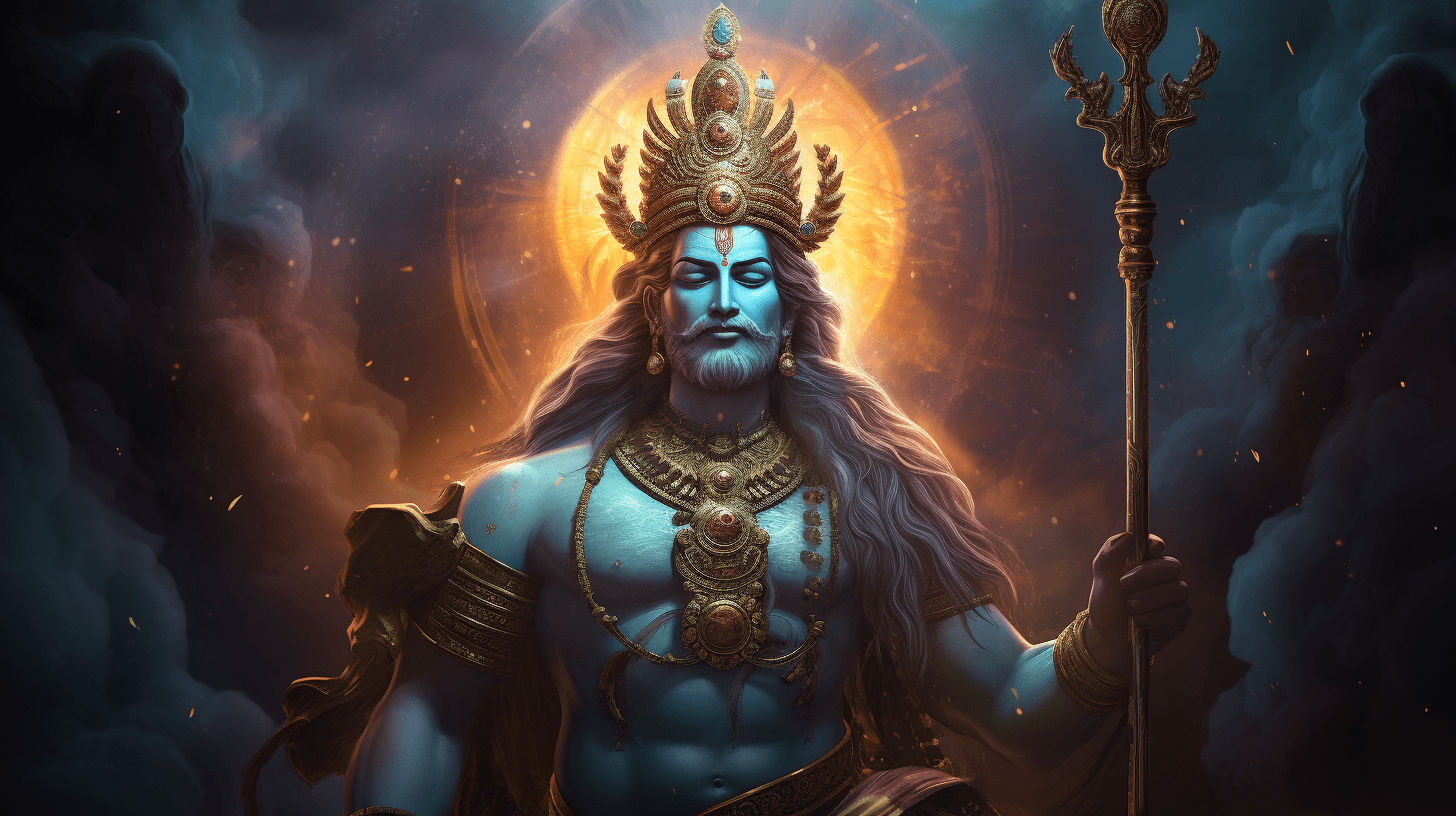
The God of Creation Lord Brahma is one of the most important deities in Hinduism...
— ADVERTISEMENT —
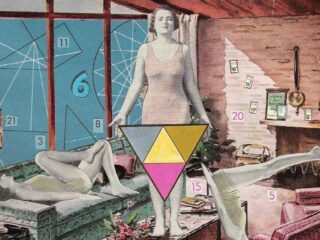
What is numerology? Numerology connects numbers to energy, which manifests itself in the form of traits and states of being in our everyday lives. Our numerology chart and the energy it represents are used to derive meaning in a way that is similar to astrology. When you get a numerology reading, the core numbers associated with your name and date of birth are calculated. A specific number can represent all of your life’s experiences. In order to become self-aware, you can use this information. Other divinatory, occult, and spiritual practices can also benefit from numerology. There are many uses for...
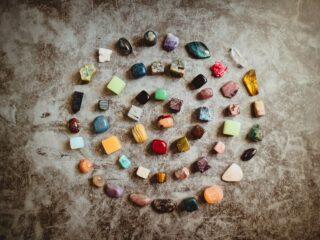
Gemstones are valuable or semiprecious stones that are used to beautify the body in jewelry. They are crystalline rocks or crystals that are cut and polished for use in jewelry. They are precious due to their beauty, uniqueness, and durability, and they survive a long time and may be passed down as heirlooms. The variety of gemstones available is astounding. Diamond, garnet, beryl, emerald, sapphire, quartz, amethyst, aquamarine, citrine, opal, peridot, ruby, spinel, tourmaline, topaz, and other gemstones are commonly used in jewelry. These are vibrantly colored and really appealing. The inherent crystal structure and how it develops define the...
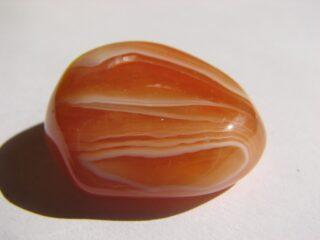
Carnelian catches your attention like the sudden fire of a sunset or the first flash of autumn color. Its bold energy makes you feel a rush of warmth and joy that stays with you. It is stimulating and gives you power. Carnelians have been used to protect and inspire people throughout history. They are known as stones of motivation, endurance, leadership, and courage. Carnelian is an orange variety of Chalcedony, which is a mineral in the same family as quartz. It is a glassy, see-through stone. It can be a light pinkish orange or a deep rusty brown, but its...
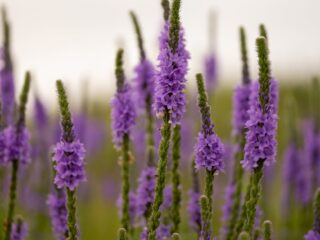
Vervain, also known as Verbena, is an herbaceous flowering plant native to the Americas and Asia. It has about 150 species, with common vervain being the only type native to Europe. Vervain is drought-resistant and suitable for butterfly gardening, attracting Lepidoptera such as Hummingbird Hawk-Moth, Chocolate Albatross, and Pipevine Swallowtail. The sacred number of Vervain is 65. Vervain can be used for magical purposes such as taking action, providing strength and creativity, and making a difference. It can also bring encouragement for the best outcomes of the future, setting priorities, and aligning ourselves with our best futures. It is feminine...
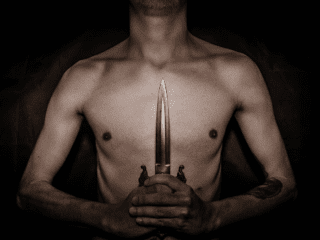
For most individuals, initiations are a mysterious and misunderstood idea. Furthermore, modernization has crushed many ancient rites of passage. You may already be familiar with the following Initiations: In new employment, the Initiation may simply consist of learning the ropes, being taught processes, and being told where to place your coffee mug and what time the in-crowd work until is. You usually receive a special tome containing obscure laws and regulations that no one ever reads. There could even be an initiation fee. Medicine, physics, chemistry, reading, mathematics, writing, astronomy, and anatomy were all formerly occult secret arts, according to...
— ADVERTISEMENT —